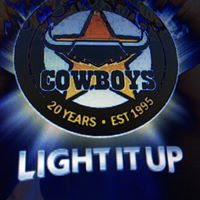What river flows through Jackson Hole, Wyoming?
The Snake River is a major river of the greater Pacific Northwest in the United States. At 1,078 miles (1,735 km) long, it is the largest tributary of the Columbia River, the largest North American river that empties into the Pacific Ocean.
Formed by the confluence of three tiny headstreams on the southwest flank of Two Oceans Plateau in western Wyoming and Yellowstone National Park, the Snake starts out as a small river flowing west and south into Jackson Lake. Its first 50-mile (80 km) run through the valley of Jackson Hole, which cuts between the Teton Range and the Continental Divide. The Snake takes a large bend northwest through Snake River Canyon, cutting through the Snake River Range and into eastern Idaho, receiving first the Hoback and Greys rivers before entering Palisades Reservoir.
Canadian explorer David Thompson first recorded the Native American name of the Snake River as Shawpatin when he arrived at its mouth by boat in 1800. When the Lewis and Clark Expedition crossed westwards into the Snake River watershed in 1805, they first gave it the name Lewis River, Lewis Fork or Lewis's Fork, as Meriwether Lewis was the first of their group to sight the river. They also made note of the "Snake Indians" who lived along the river, who were actually the Shoshone tribe, and learned that the Native Americans called the river Ki-moo-e-nim or Yam-pah-pa (for an herb that grew prolifically along its banks).
More Info:
en.m.wikipedia.org










